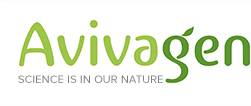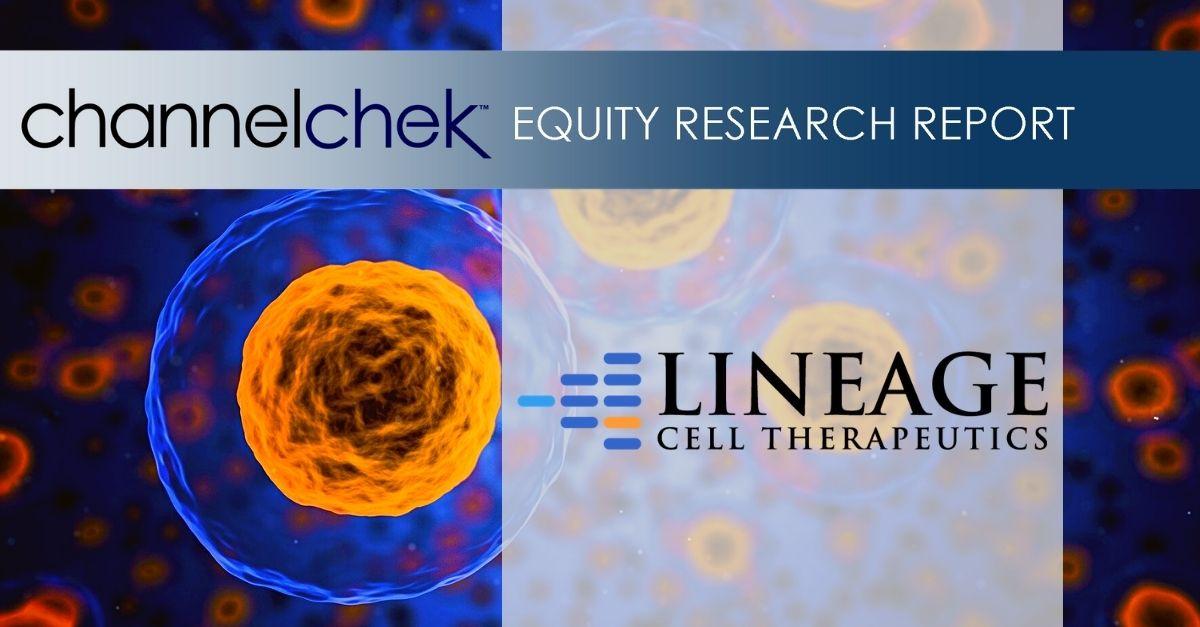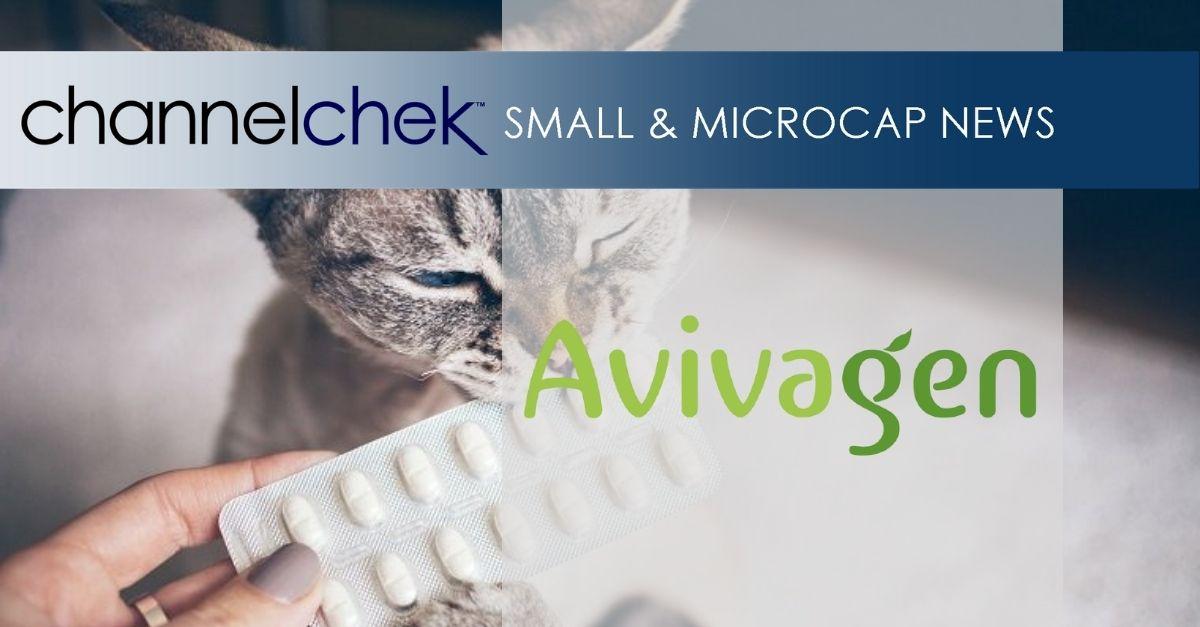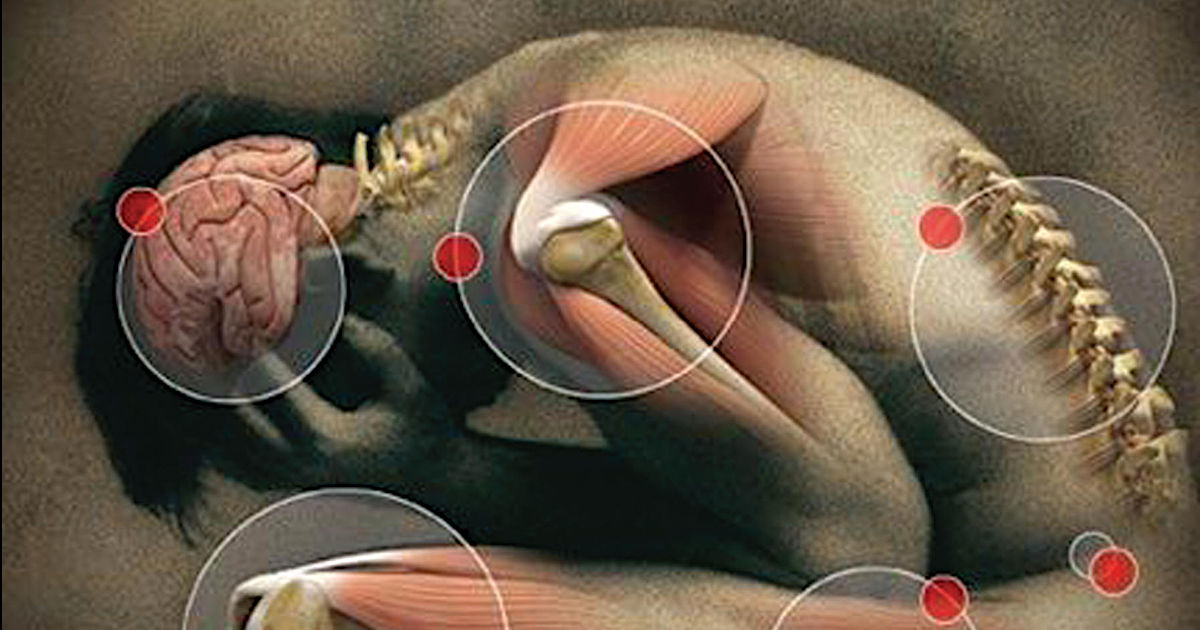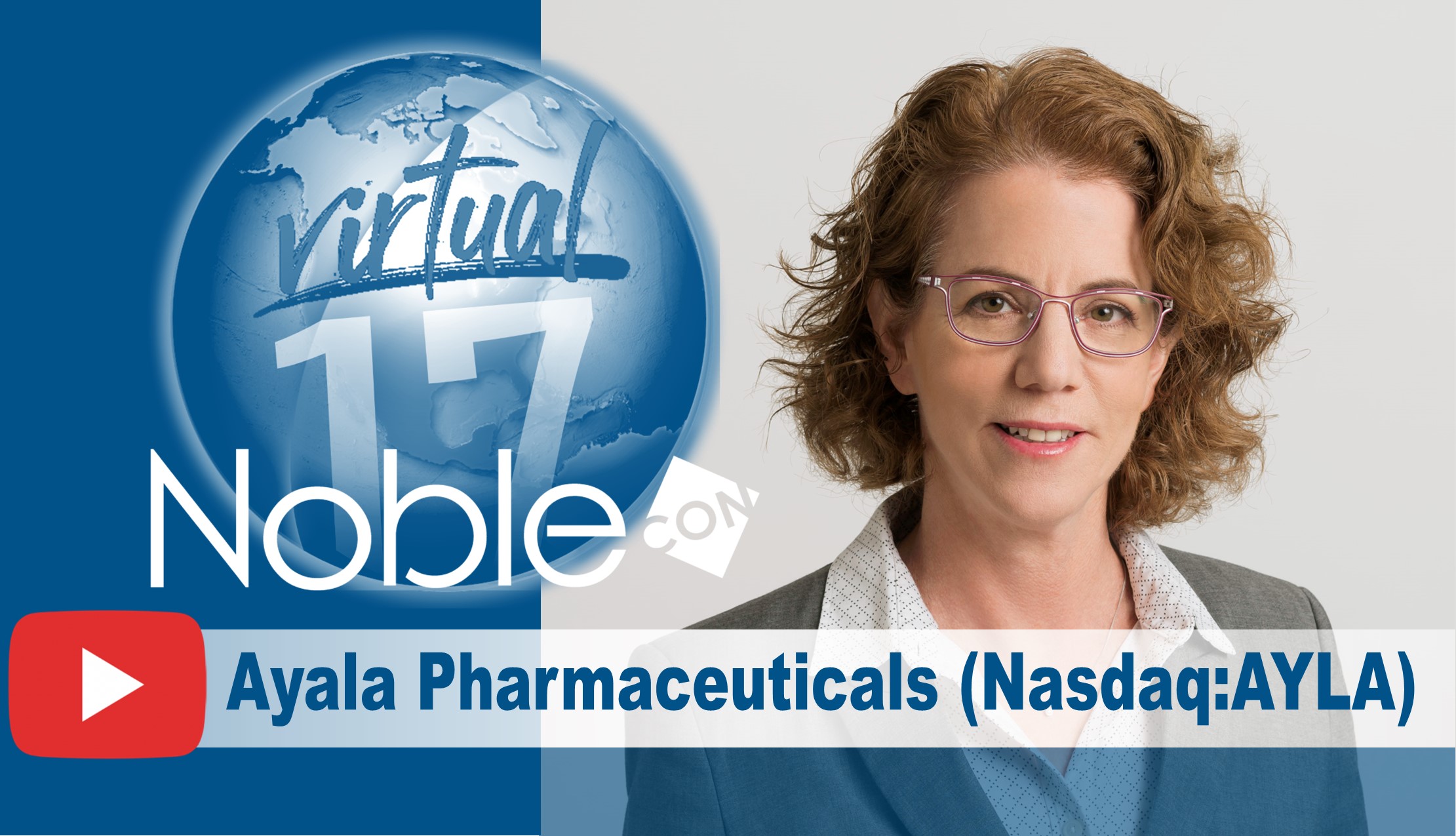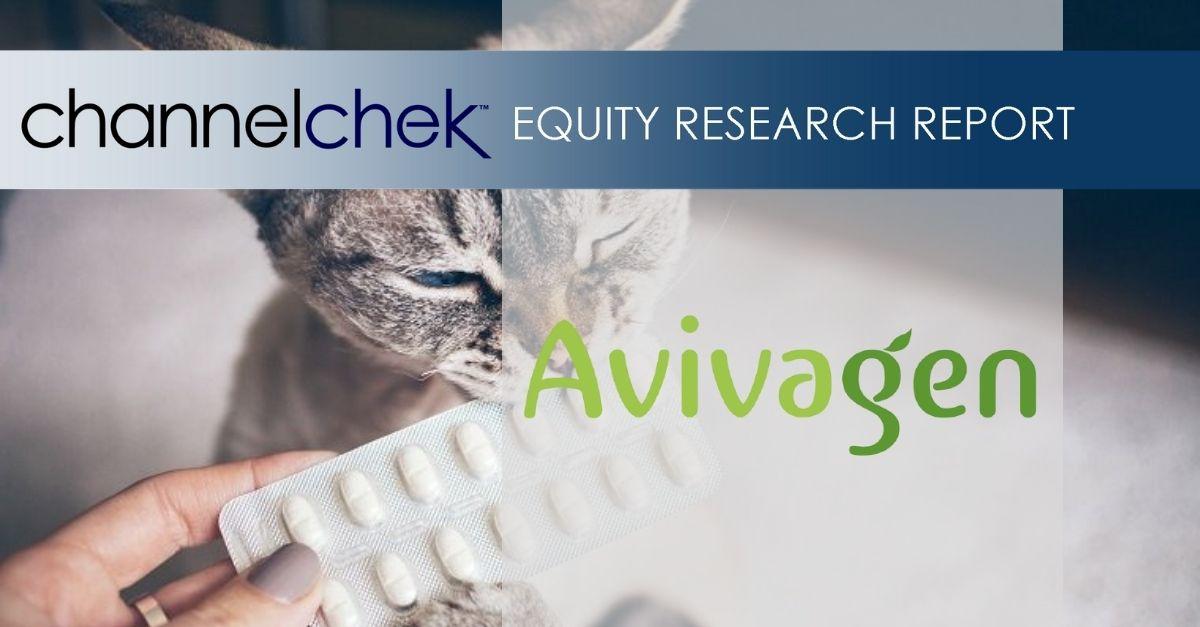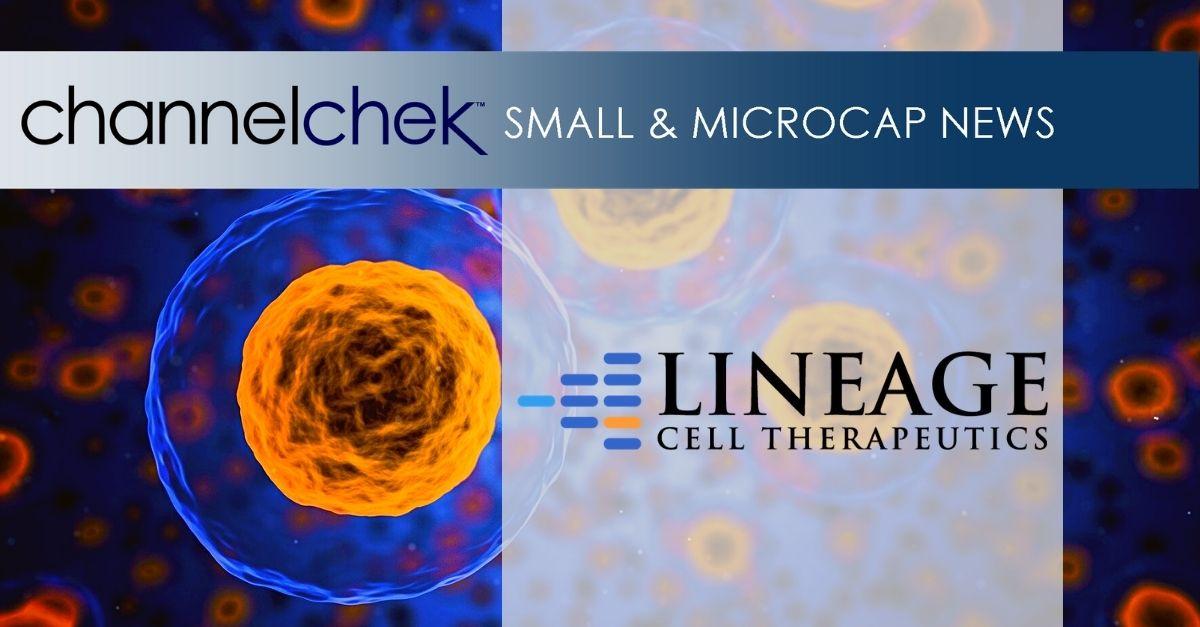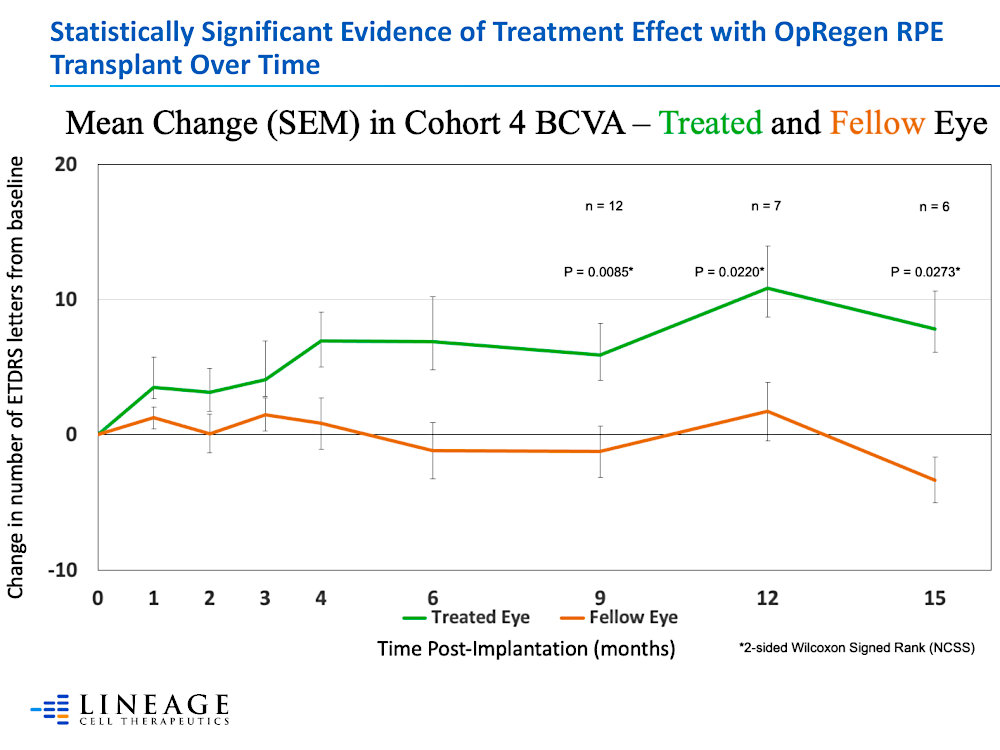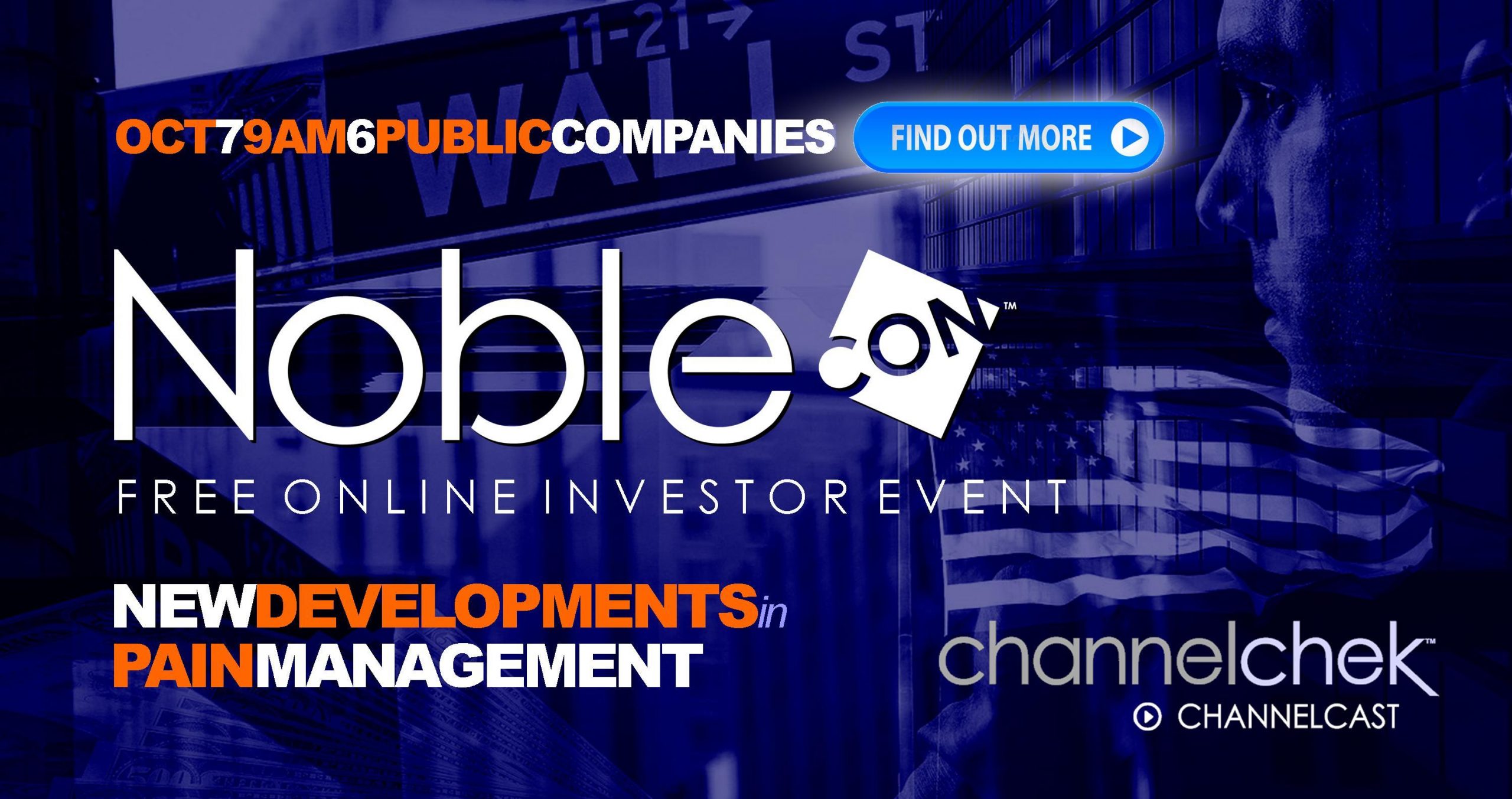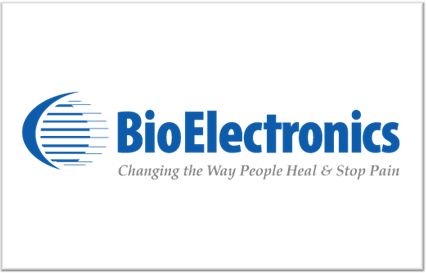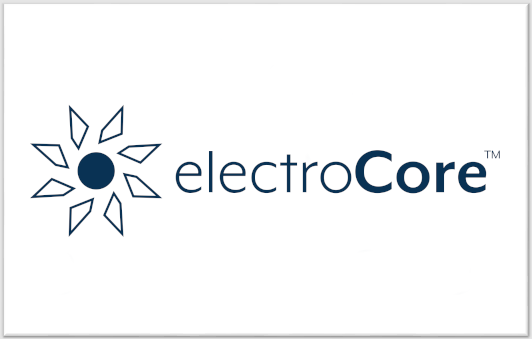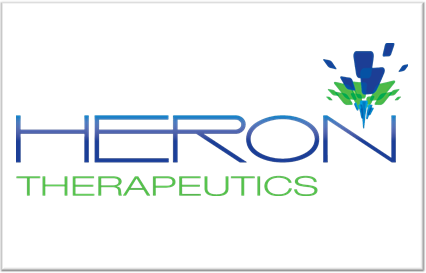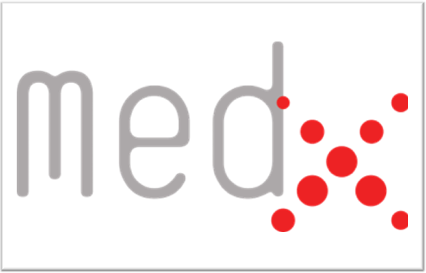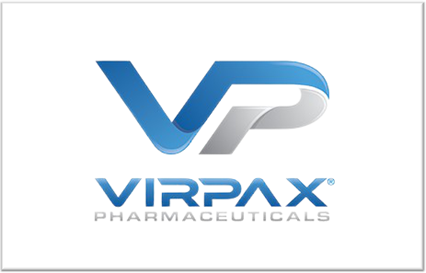
PDS Biotech Enrolls First Stage of Checkpoint Inhibitor Naïve Patient Arm of Phase 2 Clinical Trial in Advanced HPV-16 Positive Head and Neck Cancer
FLORHAM PARK, N.J., Oct. 04, 2021 (GLOBE NEWSWIRE) — PDS Biotechnology Corporation (Nasdaq: PDSB), a clinical-stage immunotherapy company developing novel cancer therapies based on the Company’s proprietary Versamune® T-cell activating technology, today announced the completion of enrollment for the first stage of the checkpoint inhibitor naïve arm of its VERSATILE-002 Phase 2 study for the treatment of recurrent and/or metastatic human papillomavirus (HPV16)-associated head and neck cancer. 90% of HPV-associated head and neck cancers are reported to be caused by HPV16 as reported by a study published in the Journal of Clinical Medicine.
VERSATILE-002 is studying two groups of HPV16-positive head and neck cancer patients whose cancer has returned or spread. The first group has not been previously treated with a checkpoint inhibitor (CPI naïve). The second group of patients have failed multiple treatments including checkpoint inhibitor therapy (CPI refractory). As specified in the clinical trial design, objective response is measured by radiographic tumor responses according to RECIST 1.1 (tumor reduction of 30% or more). If objective response is achieved among at least four of the first 17 patients in the CPI naïve arm, this will trigger advancement to the second stage of the study arm and enrollment of the planned 54 patients in the CPI naïve arm. The trial is being conducted in collaboration with Merck & Co.
“Completion of enrollment among checkpoint inhibitor naïve patients in this first stage of our VERSATILE-002 Phase 2 study in the CPI naïve arm is an important milestone, and we would like to thank the patients for their participation in this clinical trial,” said Dr. Lauren V. Wood, Chief Medical Officer of PDS Biotech. “Through their involvement, together with site Investigators and study staff, this trial will help us better understand the potential contribution that PDS0101 may have in improving the lives of patients with advanced head and neck cancer.”
Dr. Jared Weiss, Section Chief of Thoracic and Head and Neck Oncology at the University of North Carolina at Chapel Hill School of Medicine and Lineberger Comprehensive Cancer Center, is serving as the Lead Principal Investigator of VERSATILE-002. Patients interested in enrolling in this clinical study should email info@pdsbiotech.com or visit the website at http://pdsbiotech.com/VERSATILE-002 to learn more.
About PDS Biotechnology
PDS Biotech is a clinical-stage immunotherapy company developing a growing pipeline of cancer immunotherapies based on the Company’s proprietary Versamune® T-cell activating technology platform. Our Versamune®-based products have demonstrated the potential to overcome the limitations of current immunotherapy by inducing in vivo, large quantities of high-quality, highly potent polyfunctional tumor specific CD4+ helper and CD8+ killer T-cells. PDS Biotech has developed multiple therapies, based on combinations of Versamune® and disease-specific antigens, designed to train the immune system to better recognize diseased cells and effectively attack and destroy them. The company’s pipeline products address various cancers including breast, colon, lung, prostate and ovarian cancers. To learn more, please visit www.pdsbiotech.com or follow us on Twitter at @PDSBiotech.
About PDS0101
PDS Biotech’s lead candidate, PDS0101, combines the utility of the Versamune® platform with targeted antigens in HPV-expressing cancers. In partnership with Merck & Co., PDS Biotech is evaluating a combination of PDS0101 and KEYTRUDA® in a Phase 2 study in first-line treatment of recurrent or metastatic head and neck cancer. PDS Biotech is also conducting two additional Phase 2 studies in advanced HPV-associated cancers and advanced localized cervical cancer with the National Cancer Institute (NCI) and The University of Texas MD Anderson Cancer Center, respectively.
Forward Looking Statements
This communication contains forward-looking statements (including within the meaning of Section 21E of the United States Securities Exchange Act of 1934, as amended, and Section 27A of the United States Securities Act of 1933, as amended) concerning PDS Biotechnology Corporation (the “Company”) and other matters. These statements may discuss goals, intentions and expectations as to future plans, trends, events, results of operations or financial condition, or otherwise, based on current beliefs of the Company’s management, as well as assumptions made by, and information currently available to, management. Forward-looking statements generally include statements that are predictive in nature and depend upon or refer to future events or conditions, and include words such as “may,” “will,” “should,” “would,” “expect,” “anticipate,” “plan,” “likely,” “believe,” “estimate,” “project,” “intend,” “forecast,” “guidance”, “outlook” and other similar expressions among others. Forward-looking statements are based on current beliefs and assumptions that are subject to risks and uncertainties and are not guarantees of future performance. Actual results could differ materially from those contained in any forward-looking statement as a result of various factors, including, without limitation: the Company’s ability to protect its intellectual property rights; the Company’s anticipated capital requirements, including the Company’s anticipated cash runway and the Company’s current expectations regarding its plans for future equity financings; the Company’s dependence on additional financing to fund its operations and complete the development and commercialization of its product candidates, and the risks that raising such additional capital may restrict the Company’s operations or require the Company to relinquish rights to the Company’s technologies or product candidates; the Company’s limited operating history in the Company’s current line of business, which makes it difficult to evaluate the Company’s prospects, the Company’s business plan or the likelihood of the Company’s successful implementation of such business plan; the timing for the Company or its partners to initiate the planned clinical trials for PDS0101, PDS0203 and other Versamune® based products; the future success of such trials; the successful implementation of the Company’s research and development programs and collaborations, including any collaboration studies concerning PDS0101, PDS0203 and other Versamune® based products and the Company’s or monitoring committees’ or other third parties’ interpretation of the results and findings of such programs and collaborations and whether such results are sufficient to support the future success of the Company’s product candidates; the success, timing and cost of the Company’s ongoing clinical trials and anticipated clinical trials for the Company’s current product candidates, including statements regarding the timing of initiation, pace of enrollment, significance of milestones, and completion of the trials (including our ability to fully fund our disclosed clinical trials, which assumes no material changes to our currently projected expenses), futility analyses, presentations at conferences and data reported in an abstract, and receipt of interim results, which are not necessarily indicative of the final results of the Company’s ongoing clinical trials; any Company statements about its understanding of product candidates mechanisms of action and interpretation of preclinical and early clinical results from its clinical development programs and any collaboration studies; the acceptance by the market of the Company’s product candidates, if approved; the timing of and the Company’s ability to obtain and maintain U.S. Food and Drug Administration or other regulatory authority approval of, or other action with respect to, the Company’s product candidates; and other factors, including legislative, regulatory, political and economic developments not within the Company’s control, including unforeseen circumstances or other disruptions to normal business operations arising from or related to COVID-19. The foregoing review of important factors that could cause actual events to differ from expectations should not be construed as exhaustive and should be read in conjunction with statements that are included herein and elsewhere, including the risk factors included in the Company’s annual and periodic reports filed with the SEC. The forward-looking statements are made only as of the date of this press release and, except as required by applicable law, the Company undertakes no obligation to revise or update any forward-looking statement, or to make any other forward-looking statements, whether as a result of new information, future events or otherwise.
Media & Investor Relations Contact:
Deanne Randolph
PDS Biotech
Phone: +1 (908) 517-3613
Email: drandolph@pdsbiotech.com
Rich Cockrell
CG Capital
Phone: +1 (404) 736-3838
Email: rich@cg.capital


